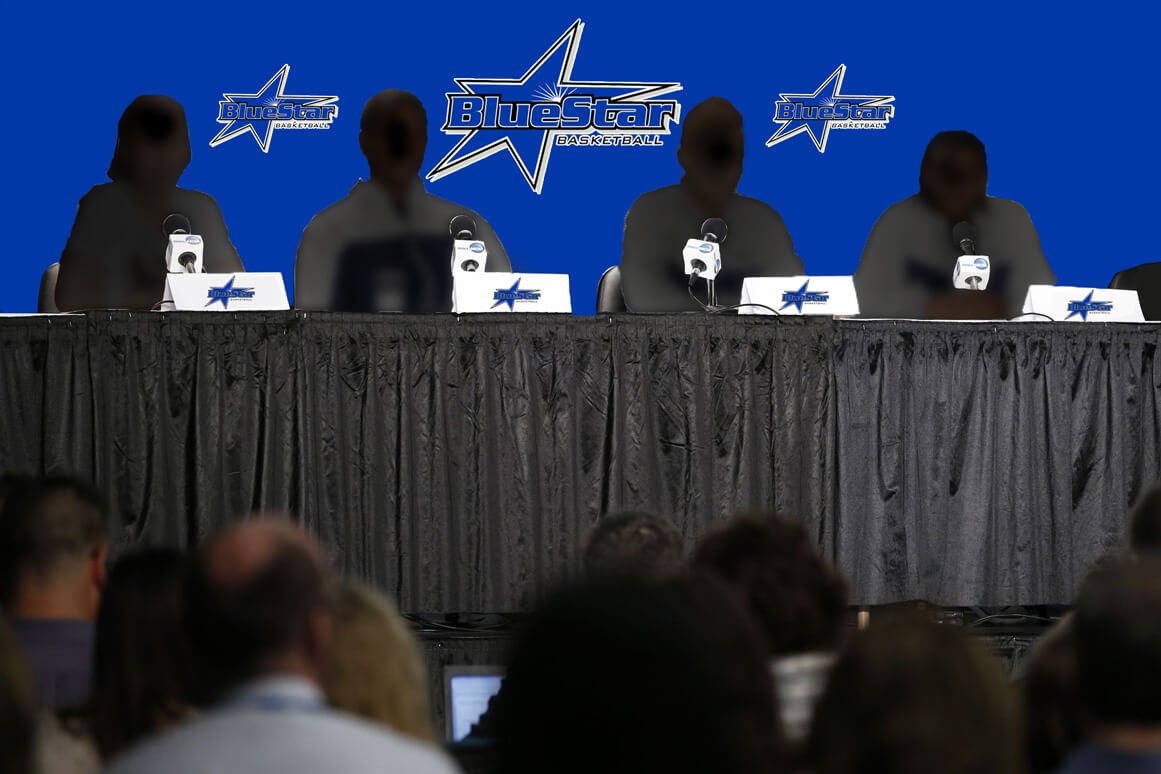I don’t want to keep writing this column every year at this time, but here I am again, with a copy of the NCAA women’s tournament bracket before me, and wondering the same thing I have in recent years.
These brackets are more than puzzling, they’re a mess, and this is hardly the first time selections and seedings and destinations have been thrown together this way. It won’t be the last.
When NCAA Division I women’s basketball committee chairwoman Terry Gawlik explained sending South Carolina, a No. 1 seed, to the Stockton Regional, she actually used the “student-athlete experience” phrase on national television.
She was straight-faced, but I wanted to laugh. And cry. Mostly, I just shook my head. As a talking point, it served its point, even if most viewers probably didn’t know what it was supposed to mean.
This is a real consideration for the committee, to have players competing in the pinnacle in their sport in a way that makes it memorable and special, beyond winning and losing. Because the NCAA loves committees, there is even such a thing as the NCAA Student-Athlete Experience Committee.
For the student-athletes playing for the Gamecocks, who have the best home attendance in the nation, they’ll get to enjoy that advantage in the early rounds, playing at home, as a Top 16 seed.
As the last No. 1 seed, however, they fell victim to the selection committee’s bracketing procedures and would have to travel across the country, should they win at home. UConn would not have to leave the Nutmeg State, home of the Bridgeport Regional. Notre Dame and Baylor, should they advance to the Sweet 16, would have to journey just one state away, to regionals in Lexington and Oklahoma City.
Localizing the NCAA women’s tournament is a hodgepodge thing, and like previous selection committees, this one is stuck between the need to get a draw and the interests of television partner ESPN.
I don’t want to repeat familiar complaints about the TV schedule, although I know I will as the tournament goes along. It is what it is, which is a byproduct of what’s wrong with the way the tournament is presented.
That’s on the NCAA.
What I called a couple years ago the NCAA women’s tourney presentation blues haven’t really gone away. As I see it, these blues can’t be chased away by buzzer-beaters and upsets. Or even, if we are ever to witness this again in our lifetimes, an actual loss by UConn.
This issue goes far beyond how the teams are chosen and seeded. Where they go is just as important, and so is when they play.
There’s no place like home
The one thing that the women’s tournament needs—more than “parity” and a bracket that reflects noble, if frustrating selection principles, and the “student-athlete experience”—is fans.
Fans who not only will tune in on television, but fans who will go to the arenas and watch. Fans who are not forced to wait until the sweet spot of weeknight prime time or on a late weekend morning to avoid the men’s tournament schedule.
To the powers-that-be in this sport: Quit pretending this is a national tournament the same way the men’s tournament is. It is not. Division I women’s basketball is the only non-revenue sport with a championship that is seeded nationally. This is what continues to make it difficult to thrive.
Like so much of the rest of women’s college basketball, the NCAA fell for the seductions of television in the 1990s. It’s not hard to understand: Coaches want exposure for recruiting purposes and the NCAA wants the prestige (and a cut of some modest revenues) that comes with a serious TV partnership.
Television has been a tremendous thing for the women’s game and tourney, but only up to a point. What the television age, and ESPN’s grand promotion of the sport has not yielded, is more fans.
By that, I mean a critical mass of fans who will come out and watch in person beyond the established hotbeds.
So now, the NCAA is “going back” to fill in those gaps, retracing a path that was passed over years ago. I’m glad the dates of the Final Four have been switched back to Friday and Sunday to suit attending fans who found the Sunday-Tuesday schedule a hardship.
(ESPN, by the way, wasn’t happy about this change, fearing the loss of a Tuesday night “window” executives there have said has been a good one for them in this event.)
It’s great the NCAA went back to having top 16 seeds play host in the first and second rounds, even though it challenged ESPN’s logistical preparations.
These were necessary changes, but they hardly go far enough.
Debbie Antonelli is tireless in promoting the Las Vegas Sweet 16 idea, and it’s more than that. It’s a serious proposal before the NCAA, which still doesn’t like holding championships in places where people can legally gamble.
Having the Elite 8 in such an environment might be more realistic. This is all a bit of a gamble, to be sure. With all due respect to Debbie, do we really need another “event-like” atmosphere at the NCAA women’s tournament? That’s what the Final Four is for. We need a set-up for fans who can easily come to watch.
Viva Super Regionals!
There is also this truth about the women’s fan base: They’re fans more of their own teams than the sport in general. Even the likes of UConn and Tennessee and Notre Dame and so on. Many of them don’t want to go very far from home, or spend a lot of money. This shouldn’t be hard to accommodate.
I’d prefer the NCAA adopt the Super Regional format, like softball and baseball, after the opening rounds. When the tournament is reduced to 32 teams, have the Sweet 16 and Elite 8 at the home venues of the top four remaining seeds.
I’m sure there will be howls that this is unfair to everyone but the best schools and for those who promote their teams. Yet UConn’s dynasty has been forged as the NCAA strenuously tried to create parity in the bracket with predetermined sites and other fizzled attempts at neutrality.
It’s time for the NCAA women’s tournament to be played at home venues up to the championship round, just like most other non-revenue sports.
Why is it hard to admit that women’s college basketball is a niche sport that has a lot of holes in grassroots fan development? Why is there the constant push for more TV, more badgering ESPN to somehow do more than it already does, when it shows a couple hundred games a year?
Television is not going to deliver the magic bullet here, not for the NCAA women’s tournament, nor during the regular season.
In order to present the women’s tourney on its own terms, and in a way that could summon better fan turnout, it’s necessary to push television considerations aside to some degree.
The Mountain West Conference is considering doing just that, and this is an intriguing idea I’ll delve into in another post.
For the sake of the “student-athlete experience,” play these NCAA women’s tournament games when it makes sense for the people who show up and spend their money to cheer them on.
TV games are great, but not when they’re played in empty or sparsely-filled arenas.
Wendy Parker is a sportswriter and web editor who has covered women's basketball since the early 1990s. She is a correspondent for Basketball Times and formerly covered women's and college sports, soccer and the Olympics at The Atlanta Journal-Constitution. She is the author of "Beyond Title IX: The Cultural Laments of Women's Sports," available on Amazon, and the creator of Sports Biblio, a blog about sports books and history.




